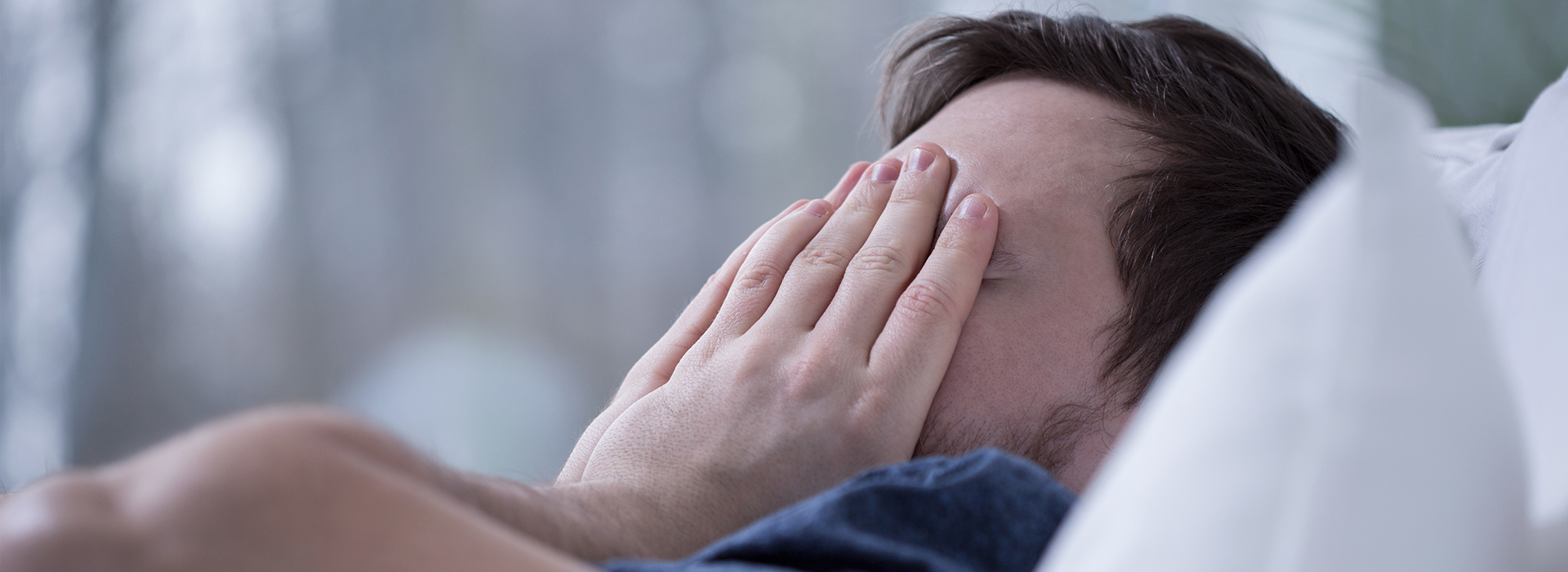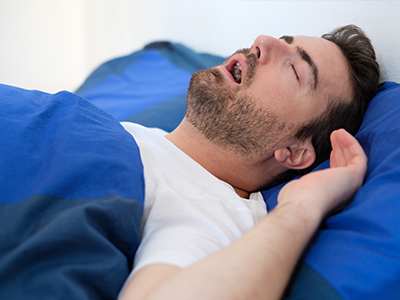Sleep is not a luxury — it’s a foundational part of good health. When breathing is interrupted during the night, the body pays a high price: fragmented sleep, lowered oxygen levels, and increased strain on the cardiovascular and nervous systems. Millions of adults experience obstructive sleep apnea and related snoring each year, and many of those affected are unaware of the condition. Our team understands how disrupted sleep affects everyday life, and we offer patient-centered options to help restore safer, more restorative rest.
How Obstructive Sleep Apnea Affects the Airway
Obstructive sleep apnea (OSA) happens when the upper airway narrows or collapses repeatedly during sleep, reducing or blocking airflow. This obstruction typically occurs in the throat where soft tissues and the tongue relax and fall back against the airway. Each pause in breathing — called an apnea — can last several seconds and may occur dozens or even hundreds of times per night depending on severity.
Those interruptions trigger brief awakenings that the sleeper often does not remember, but these micro-arousals fragment the natural sleep cycle. Over time, that fragmentation robs the brain of restorative deep and REM sleep stages, resulting in persistent daytime tiredness and impaired cognitive function. Physiologically, the repeated oxygen dips and surges of stress hormones place added pressure on the heart and blood vessels.
OSA exists on a spectrum from mild to severe and can be influenced by anatomy, weight, nasal congestion, alcohol use, and sleeping position. Recognizing how these factors contribute to airway instability is a key first step toward finding a treatment strategy that fits each patient’s needs and lifestyle.
Recognizing Nighttime and Daytime Clues
Many people associate sleep apnea only with loud snoring, but the condition produces a cluster of signs that appear both at night and during waking hours. Nighttime signals include frequent, disruptive snoring, choking or gasping episodes, breath pauses observed by a partner, and restless sleep. These symptoms often lead to poor sleep quality even if total time in bed seems adequate.
Daytime consequences can be subtle at first and intensify over time. Common daytime indicators are morning headaches, persistent fatigue, difficulty concentrating, and mood changes like irritability or low patience. For many patients, these problems negatively impact work performance, driving safety, and overall quality of life.
Because the symptoms overlap with other conditions, it’s important for patients to share observations from bed partners and to describe daytime patterns during medical visits. Early recognition leads to timelier evaluation and better outcomes.
The Diagnostic Path: Screening and Sleep Testing
Determining whether someone has sleep apnea typically begins with a clinical evaluation and targeted questions about sleep habits and symptoms. Simple screening tools and questionnaires can help identify patients who would benefit from further study. When screening suggests a problem, a sleep test is the next step to objectively measure breathing, oxygen levels, and sleep stages.
Sleep studies take two main forms: in-lab polysomnography and home sleep apnea testing. In-lab studies provide a comprehensive evaluation with monitoring by trained technicians and are especially useful when other sleep disorders are suspected. Home testing offers a convenient alternative for many patients and measures key metrics relevant to obstructive sleep apnea.
A formal diagnosis gives clinicians a clear picture of apnea severity and helps guide treatment recommendations. Follow-up evaluation is equally important, since sleep-disordered breathing can change over time and may require different approaches as circumstances evolve.
Evidence-Based Treatment Options Beyond a Single Approach
Treatment for obstructive sleep apnea is tailored to the patient’s condition, preferences, and overall health. Continuous positive airway pressure (CPAP) remains a highly effective option for many people, but it is not the only solution. Lifestyle measures like positional therapy, weight management, and avoiding alcohol or sedatives near bedtime can significantly reduce symptoms for some patients.
For patients who struggle with or prefer alternatives to CPAP, several devices and therapies can be considered. These include custom oral appliances that reposition the jaw and tongue to keep the airway open, as well as coordinated care with ENT specialists for nasal or surgical interventions in selected cases. The goal is to find a safe, tolerable, and sustainable plan that improves sleep quality and overall health.
Importantly, treatment choices are based on clinical data and ongoing monitoring. Regular follow-up ensures the chosen approach maintains effectiveness, addresses side effects, and adapts to changes in weight, dental status, or other health conditions over time.
Oral Devices: How They Work and Who They Help
Oral appliance therapy uses a small, comfortable device worn in the mouth during sleep to prevent airway collapse. Typically resembling a sports mouthguard or orthodontic retainer, these appliances advance the lower jaw slightly forward and stabilize soft tissues so the airway remains open. For patients with mild to moderate OSA or primary snoring, oral appliances are a clinically supported and widely used option.
Advantages of oral devices include ease of use, portability, and a relatively high acceptance rate among patients who find CPAP challenging. They can be especially useful for travelers and for people whose anatomy responds well to mandibular advancement. However, candidacy depends on dental health, jaw mobility, and the specific pattern of airway obstruction identified during evaluation.
Like any medical device, oral appliances should be fitted and adjusted by a qualified dental professional to balance effectiveness with comfort and dental stability. When properly managed, these devices offer a practical path to quieter nights and fewer apneic events for many patients.
Custom Fitted Appliances and Ongoing Care at the Practice
Effective oral appliance therapy begins with a careful, personalized process: a thorough oral exam, precise impressions or digital scans, and collaboration with sleep physicians when appropriate. At our practice, we emphasize custom fabrication so the device matches each patient’s bite and airway needs, minimizing discomfort while maximizing therapeutic benefit.
After delivery, patients return for adjustments and titration to fine-tune jaw position and ensure the appliance is both comfortable and effective. Periodic monitoring includes symptom review, assessment of daytime sleepiness, and dental checks to identify any changes in tooth position or jaw function. This follow-up preserves long-term results and protects oral health.
Coordinated care is central to successful outcomes: we work alongside primary care providers, sleep specialists, and ENT surgeons when cases require multidisciplinary input. With this team approach, patients receive a treatment plan that considers overall health as well as sleep-specific goals. Cruzin' Dental is committed to offering compassionate, evidence-based dental sleep care that helps patients reclaim quality sleep.
If you suspect you or a family member may have sleep apnea, please contact us for more information about evaluation and treatment options.




